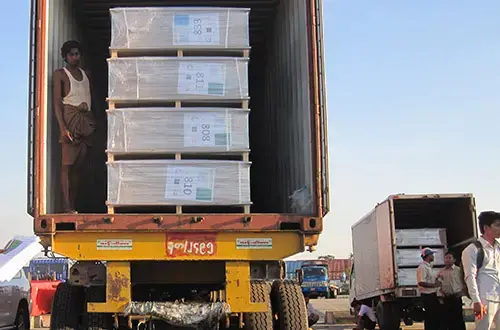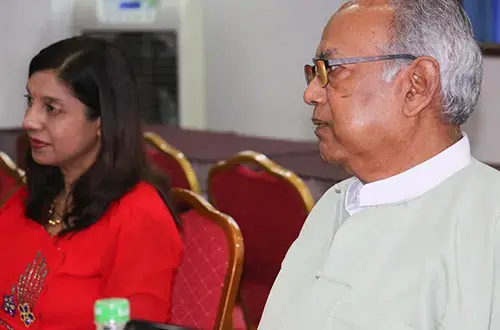About Census
About the census
UNFPA has provided and continues to provide technical and financial support towards the 2014 Myanmar Population and Housing Census, together with donor countries. The census was an undertaking on a massive scale with profound significance for Myanmar’s future as it continues to progress through political, social, economic and democratic reforms. For the first time in over 30 years, the Government and other stakeholders have essential information on the demographic, social and economic characteristics of the country’s population. The data generated at all administrative levels provide a sound basis for evidence-based decision-making, as well as to evaluate the impact of social and economic policies and programmes implemented in the country.
Nearly 98 per cent of the population was counted, engaging more than 100,000 enumerators across the country for 12 days. The exercise included drawing 80,000 maps and distributing more than 14 million questionnaires. Remote areas, never previously counted in a census (such as the Wa area), were included thanks to dedicated negotiations between the government and leaders of self-administered areas. An observation team of international experts and Myanmar researchers who witnessed a sample of the enumeration in every state and region confirmed the overall quality of the census enumeration.
The main census results were published in May 2015, providing much-needed data for planners and policymakers, universities, research centres, civil society, development partners and other data users, enabling them to develop appropriate policies and programmes to improve the living standards of the people of Myanmar. The preparation and publication of the census results was complimented by consultation, distribution and training programmes involving planning officers, civil society, faith-based groups, media, political parties and academia. These activities helped build capacity for informed decision-making, allowing local stakeholders to develop strategies that address development priorities in their own constituencies.
The census project includes publication of a wide range of reports with data and analysis on specific themes and as well as geographical areas down to township level.
Understanding the census process





